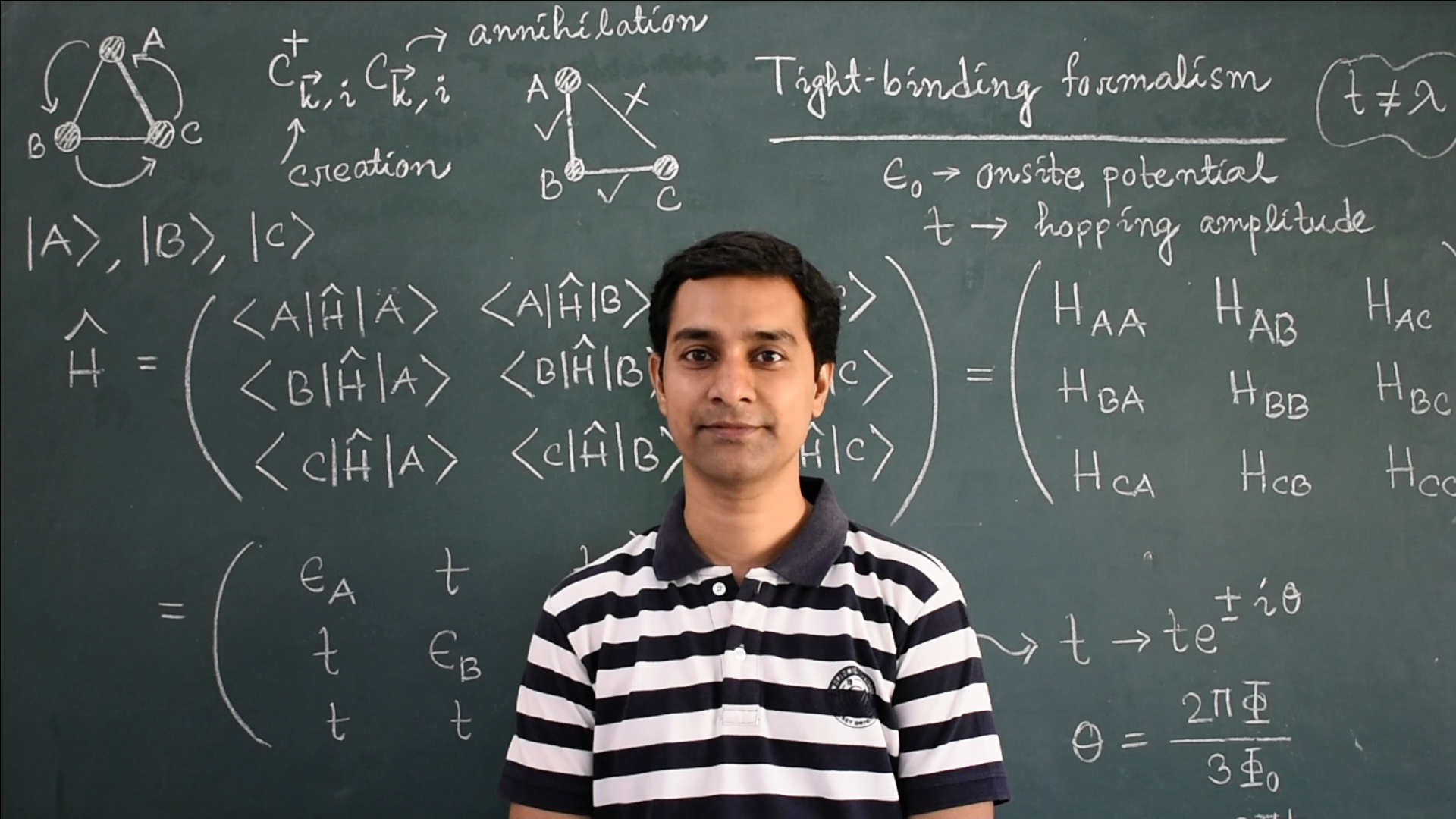Nagaland University research opens new possibilities for India’s national quantum mission.
Share

DIMAPUR — A researcher from Nagaland University (NU), the only central university in the state, has made significant strides in the field of quantum technology by replicating the complex patterns of fractals found in nature such as snowflakes, tree branches and neuron networks in the quantum world.
The breakthrough study, undertaken by Dr. Biplab Pal, assistant professor of Physics at School of Sciences, Nagaland University, has been published in the prestigious Physica Status Solidi–Rapid Research Letters, a peer-reviewed international scientific journal published by Wiley-VCH (Germany).
An update from the university stated that the work was featured on the cover of the journal’s latest issue, underlining its global significance. It has positioned Nagaland University among the select Indian institutions making visible contributions to global quantum research, further strengthening India’s standing as it pushes forward with its National Quantum Mission.
Also read: Dimapur job fair attracts 170 candidates
It stated that the study opened exciting possibilities in quantum devices- designing molecular fractal-based nanoelectronic devices; quantum algorithms and information processing- better control over electron states for future computing applications and Aharonov-Bohm caging effect- Trapping electrons in fractal geometries, a phenomenon that could be harnessed in quantum memory and logic devices.
Congratulating Dr. Biplab Pal, Prof. Jagadish K Patnaik, vice chancellor of Nagaland University, said, “India is already committed to advancing next-generation technologies through the national quantum mission. Our research shows a new pathway where naturally-inspired fractal geometries can be applied in quantum systems. This could contribute meaningfully to the development of future quantum devices and algorithms.”
Elaborating on his research, Dr. Biplab Pal said, “Fractals are naturally occurring patterns that repeat themselves at different scales, seen in structures like coastlines, leaves, and blood vessels. In this research, I have used quantum mechanics to simulate how electrons behave under a magnetic field within such fractal systems. This approach is unique because most research in quantum devices relies on crystalline materials. This work shows that non-crystalline, amorphous materials can also be effectively used to design nanoelectronic quantum devices.”
It stated that the findings would help researchers explore how amorphous non-crystalline materials could be engineered for quantum technologies, thereby expanding the material base for India’s and the world’s quantum innovation efforts.
It mentioned that fractals are not just mathematical curiosities but blueprints found across nature—from the branching of rivers and lightning strikes to the growth of plants and neurons. It added that by bringing those naturally occurring patterns into the quantum realm, Dr. Pal’s research bridges fundamental physics and practical technology, showing how lessons from nature can inspire the next generation of computing and electronics.